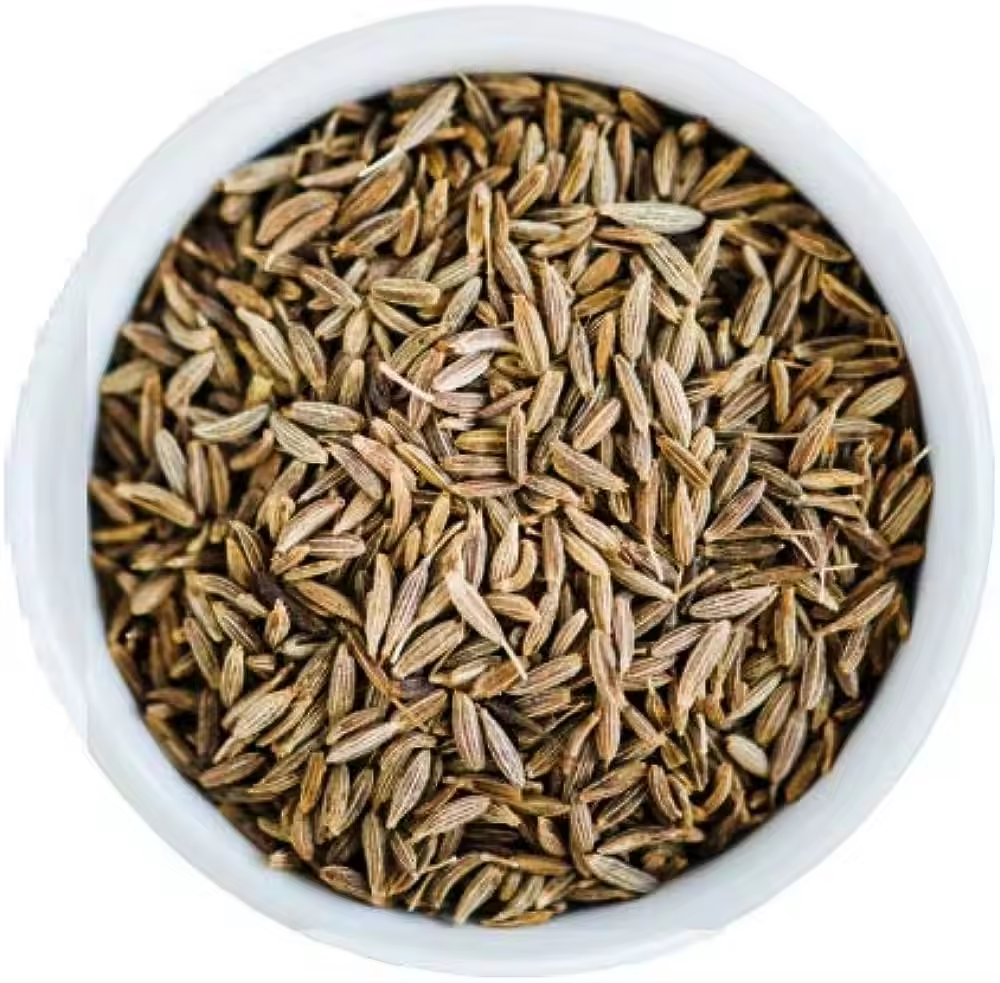Have you ever wondered how cumin, a staple spice in many cuisines, is grown? Let's delve into the fascinating cultivation process of this aromatic herb.
1. Ideal Growing Conditions
Cumin thrives in hot climates with plenty of sunlight. It requires well-drained soil and minimal water, making it a hardy crop that can withstand drought conditions.
2. Planting Cumin Seeds
Cumin seeds are sown directly into the soil, usually in the spring after the last frost. The seeds are planted shallowly and require consistent moisture to germinate.
3. Growth and Development
After germination, cumin plants develop feathery leaves and small white or pink flowers. The seeds form in seed heads, which are harvested once they turn brown and dry.
4. Harvesting and Drying
Harvesting cumin involves cutting the seed heads from the plant and allowing them to dry in the sun. Once fully dried, the seeds are threshed to separate them from the chaff.
5. Processing and Packaging
The dried cumin seeds are cleaned to remove any impurities and then packaged for distribution. Cumin seeds can be used whole or ground into a powder for culinary purposes.
Understanding the cultivation process of cumin gives a newfound appreciation for this versatile spice and the hard work that goes into producing it. Next time you sprinkle cumin into your dishes, remember the journey it took from seed to spice.

